1. Vanport, Oregon
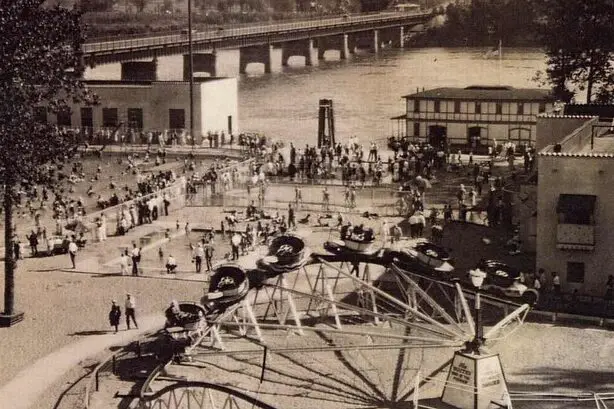
Vanport was once the second-largest city in Oregon, built in a rush during World War II to house shipyard workers and their families. It was a temporary city made of quickly assembled buildings, but it became home to over 40,000 people, many of them African American workers drawn to wartime jobs. On Memorial Day in 1948, a poorly constructed dike holding back the Columbia River gave way, and the entire city was flooded within hours shares Wikipedia.
Residents had been told not to worry, so most were caught off guard when the water rushed in. More than 18,000 people were suddenly homeless, and Vanport was completely destroyed. The flood was so devastating that the city was never rebuilt. Today, all that remains is a grassy area near Portland, but its story lives on through local museums and historical plaques adds the Oregon History Project.
2. Times Beach, Missouri
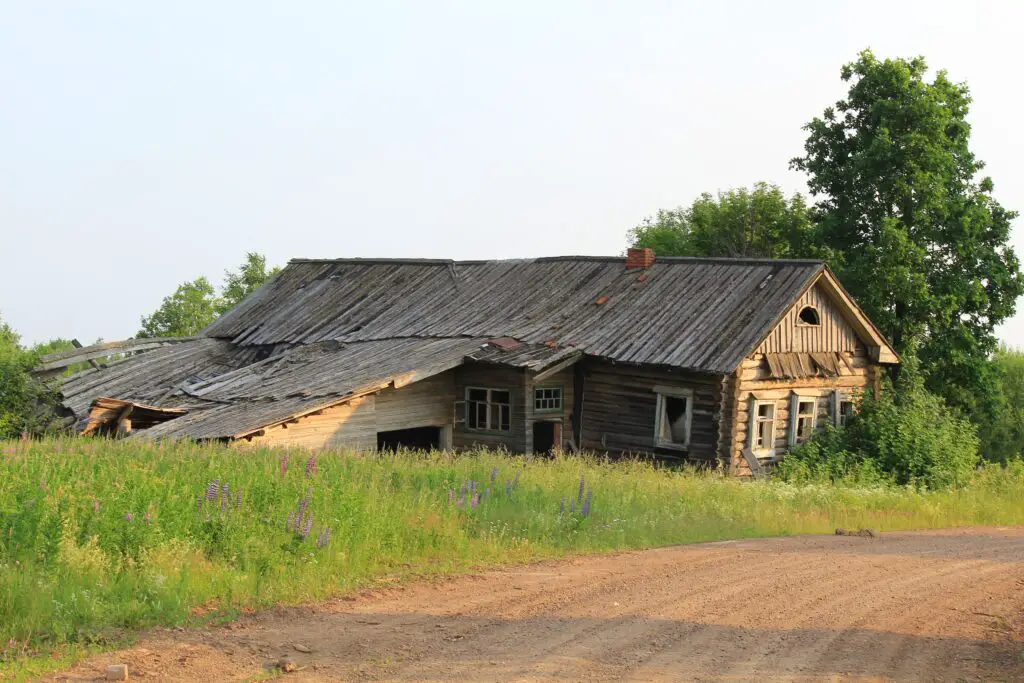
Times Beach was supposed to be a budget-friendly resort town for families during the Depression. But decades later, a toxic disaster erased it from existence. In the early ’70s, oil tainted with dioxin was sprayed on dirt roads to keep dust down. That decision led to long-term health concerns after the chemical seeped into the soil and water says the EPA.
The EPA evacuated the entire town in 1983 after record flooding spread the contamination further. Homes were demolished and residents were permanently relocated. Today, Route 66 State Park sits where Times Beach once was, with just one original building remaining as a visitor center. Most people who drive by have no idea a whole community once lived and played there adds FOX 2.
3. Picher, Oklahoma
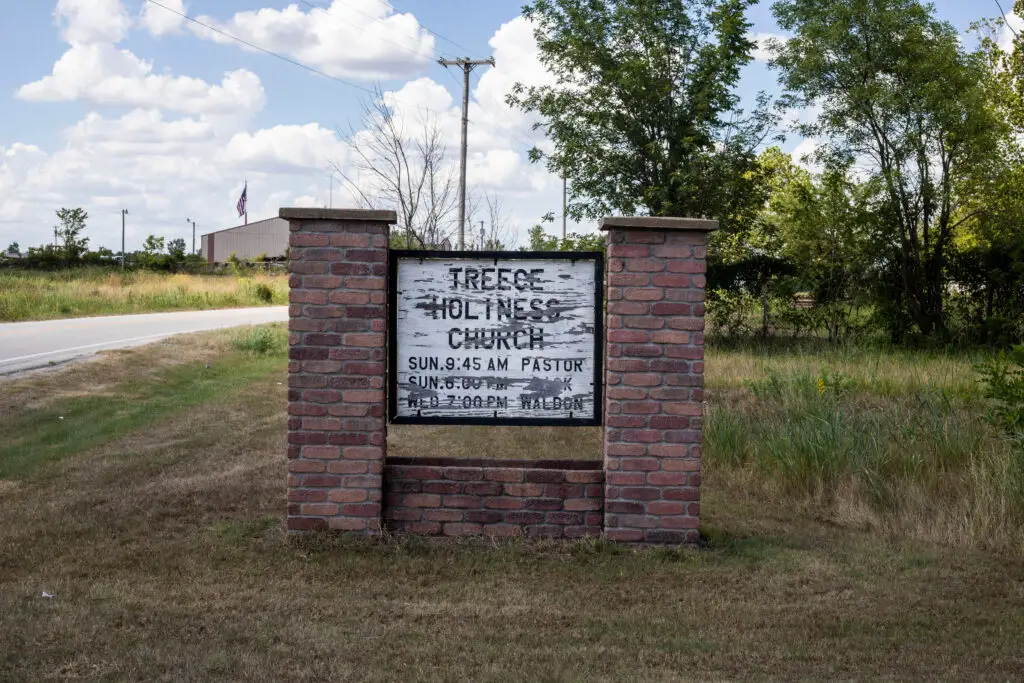
Picher was once a booming mining town during World War I, supplying lead and zinc across the country. But the mining left behind massive piles of toxic waste called “chat,” which contaminated the water and air. Children in the town were showing high levels of lead poisoning, and sinkholes began appearing under houses.
By the 2000s, the government deemed the town unlivable. A buyout program helped residents move, and a 2008 tornado wiped out many of the remaining structures. Today, Picher is one of the most toxic ghost towns in America. What’s left looks like a set from a post-apocalyptic movie.
4. Kennett, California
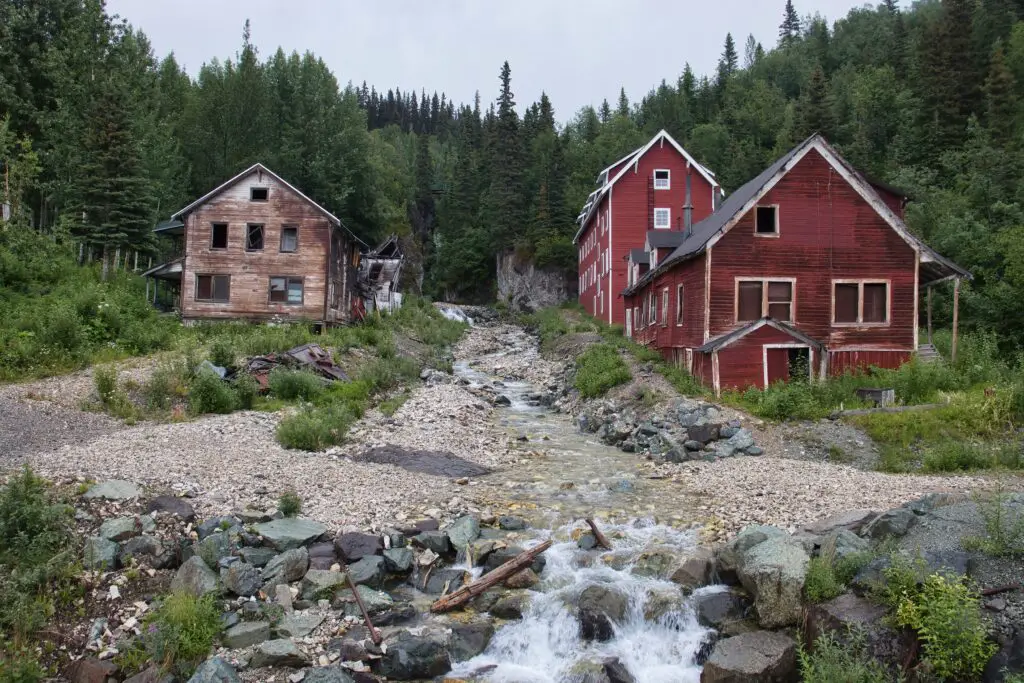
Back in the early 1900s, Kennett was a lively railroad and mining town in Northern California. But when the Shasta Dam was built in the 1940s, the entire town was purposely flooded to make way for the reservoir. Residents were forced to relocate and watch as their homes disappeared under water.
Today, Kennett lies beneath Shasta Lake, only occasionally peeking through during severe droughts. When water levels drop, you can spot building foundations and old rail lines. It’s eerie to think a whole community still sits quietly beneath the surface. The town may be underwater, but its memory floats just beneath the waves.
5. Dudleytown, Connecticut
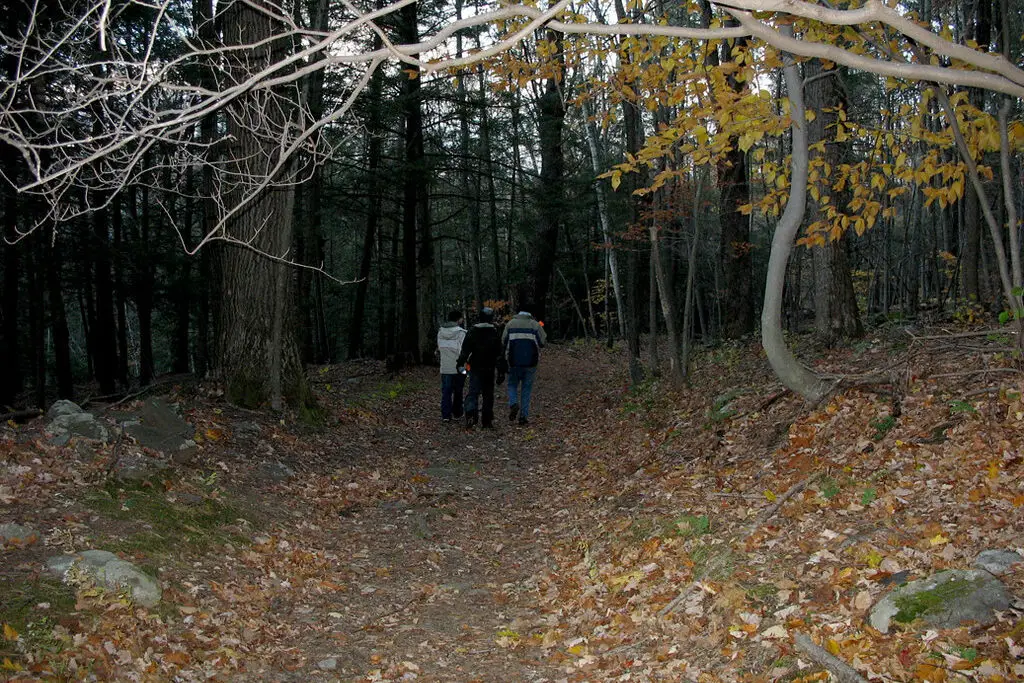
Dudleytown earned the nickname “the Village of the Damned,” and its reputation is full of whispers and rumors. Settled in the 1740s, the town supposedly suffered a string of bizarre misfortunes—murders, suicides, and unexplained madness. Whether cursed or just unlucky, the residents eventually abandoned it.
Today, it’s off-limits to the public, surrounded by forest and owned by a private trust. People claim to see strange lights or hear ghostly sounds in the woods. Historians argue that the stories were exaggerated, but the mystery still draws attention. Dudleytown has vanished, but its spooky legend remains alive and well.
6. Johnsonville, Connecticut
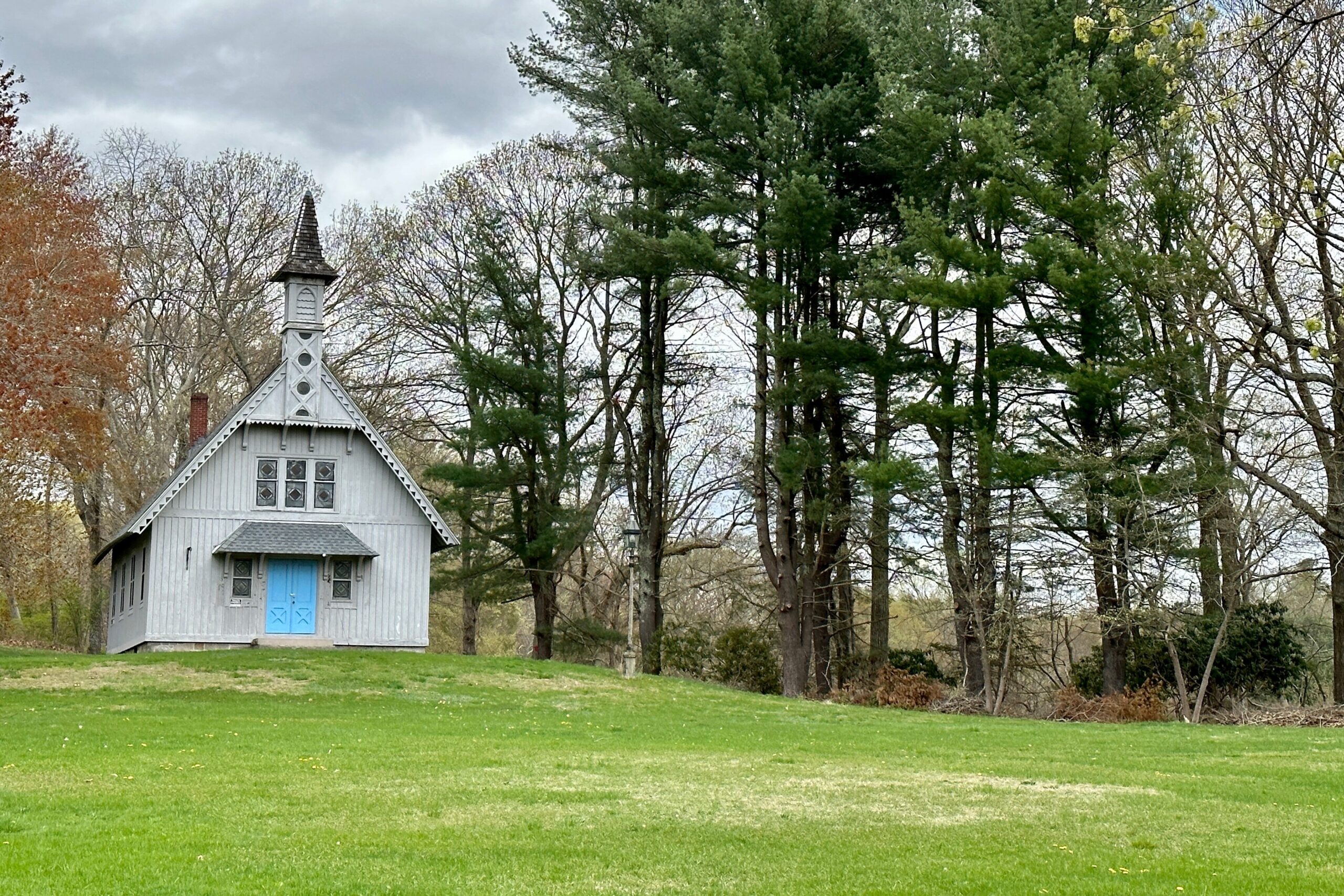
Built in the 1800s as a mill town, Johnsonville later transformed into a tourist attraction styled like a Victorian village. In the 1960s, a wealthy eccentric named Raymond Schmitt bought the area and tried to turn it into a theme park. But after he died, the project stalled and nature quickly took over.
Buildings were left standing, perfectly preserved, yet eerily empty. Several developers tried to revive the property, but none succeeded. For years, Johnsonville was a photographer’s dream and a ghost town with a strange, fairy-tale charm. It’s since been bought again, but the dreams of reviving it haven’t quite taken off.
7. Bombay Beach, California
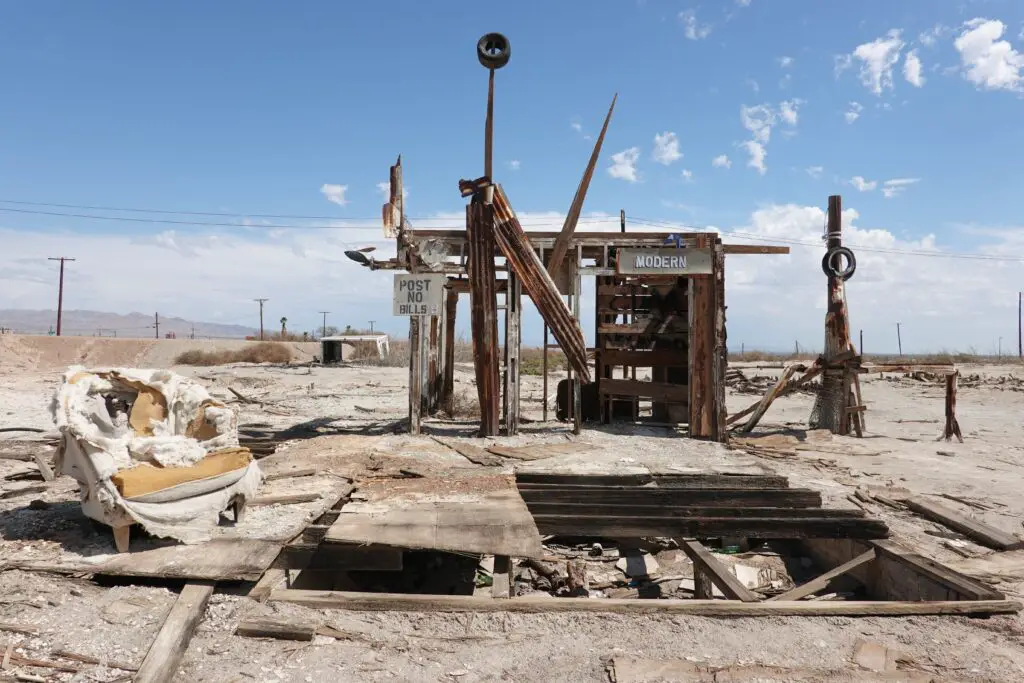
Once a glamorous getaway on the shores of the Salton Sea, Bombay Beach was a slice of desert paradise in the 1950s and ’60s. But then the water turned toxic, killing fish and driving away tourists with the unbearable stench. Salinity levels rose, and the beach became a graveyard of boats and rotting fish.
People left in droves, and the town almost disappeared. But in a twist no one expected, it’s found new life as an offbeat art haven. Rusted trailers and abandoned buildings now house bizarre art installations. Bombay Beach might be half-forgotten, but it’s stubbornly alive in the strangest way.
8. Cahawba, Alabama
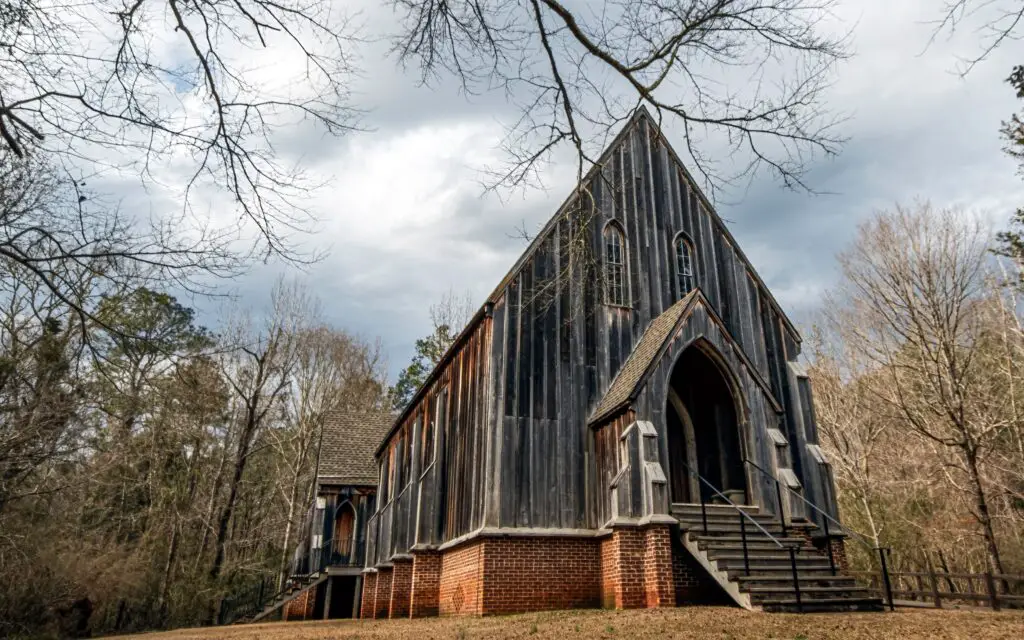
Cahawba was Alabama’s first state capital, a promising settlement along the banks of the Alabama River. But constant flooding and outbreaks of disease made life there difficult. When the capital moved to Montgomery in 1826, the town slowly emptied out. By the 20th century, it was considered a ghost town.
Today, Cahawba is an archaeological park filled with ruins and moss-covered paths. Visitors can walk through what’s left of old cemeteries, churches, and homes. It’s both peaceful and a little haunting to stroll through a place that was once so important. Nature has quietly claimed what was left behind.
9. St. Thomas, Nevada
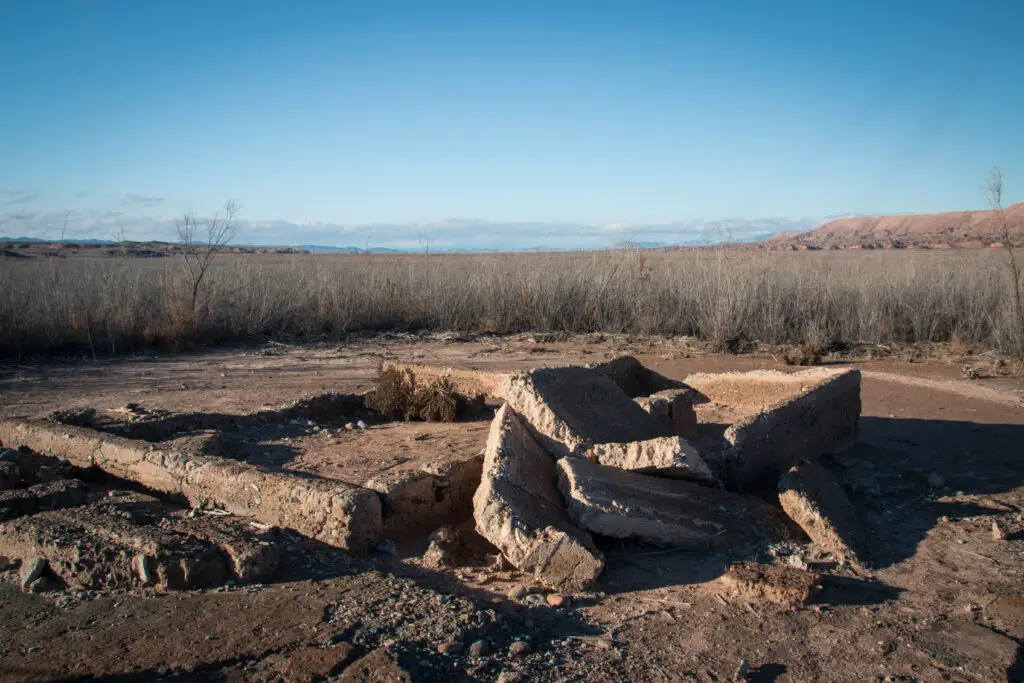
St. Thomas was founded by Mormon settlers in the 1860s, but it vanished beneath the waters of Lake Mead after the Hoover Dam was built. Residents were given notice and left reluctantly, even setting their homes on fire to avoid looting. The water slowly covered the entire town, erasing it from the map.
But during drought years, the ruins rise again. Foundations and walls peek out of the lakebed, drawing history buffs and photographers. It’s a strange sight—sun-bleached stone where fish once swam. St. Thomas is a ghost town that occasionally resurfaces, like a memory you thought was gone.
10. Glenrio, Texas/New Mexico

Glenrio straddled the border of Texas and New Mexico and thrived during the golden age of Route 66. With gas stations, diners, and motels, it was a classic stop for road trippers. But when I-40 bypassed it in the 1970s, the traffic stopped—and so did everything else.
Businesses closed, residents moved out, and Glenrio became a dusty relic of the past. The town still sits along the old highway, a shell of what it once was. Cars occasionally stop for photos, but no one stays for long. It’s a forgotten town that reminds us how quickly time moves on.
11. Allison, Kansas
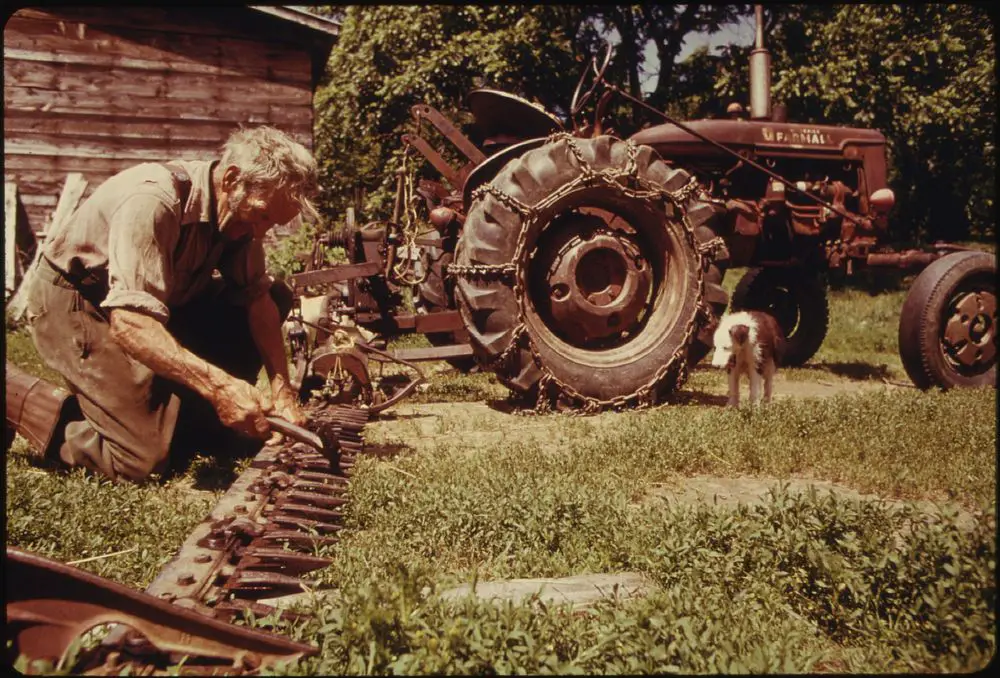
Allison wasn’t destroyed by disaster or buried underwater—it was slowly eaten by time and changing priorities. Founded in the 1880s as a railroad town, it faded as the trains stopped running and bigger cities pulled residents away. By the early 20th century, it had just a handful of people left.
Today, there’s nothing left but open fields and a cemetery. No buildings, no signs, just a name on an old map. Locals in nearby towns still know the stories, though. Allison might be gone physically, but it lingers in memories and old family tales.
12. Consonno, Italy
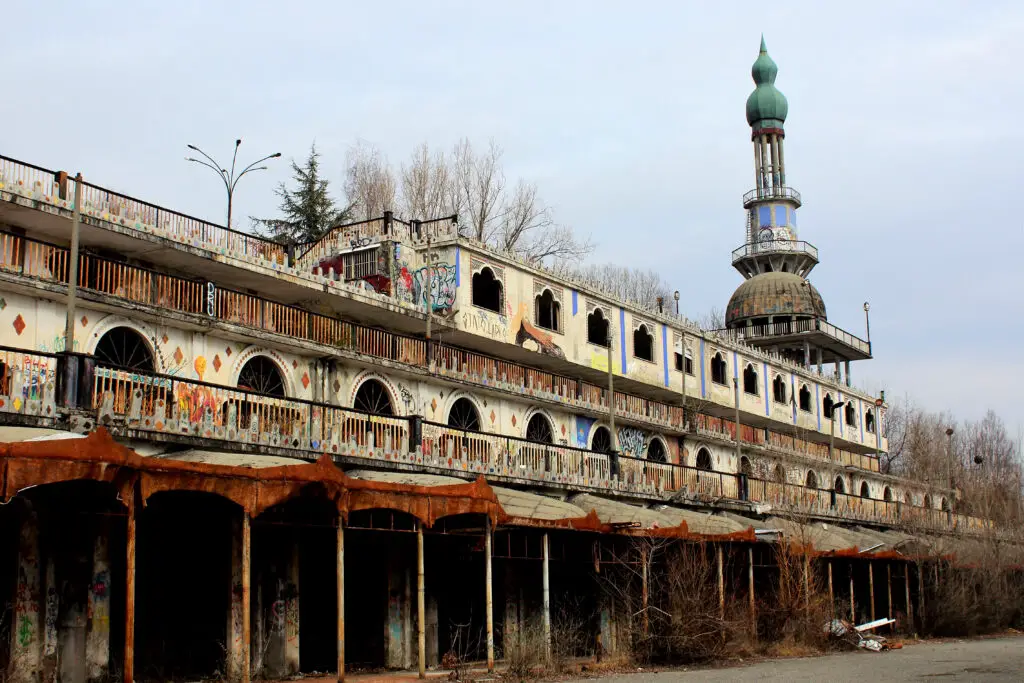
Once dubbed the “Las Vegas of Italy,” Consonno was a tiny medieval town transformed into a luxury resort playground in the 1960s. A wealthy entrepreneur bought the town with grand plans for casinos and hotels, and the original residents were forced out. But a landslide in 1976 destroyed the only road in and ruined everything.
Development stopped overnight, and the place was abandoned. Today, it’s a mix of decaying buildings and surreal graffiti art. Urban explorers wander its strange mix of church ruins and amusement park leftovers. Consonno was supposed to be a fantasyland, but it became an eerie monument to overambition.
